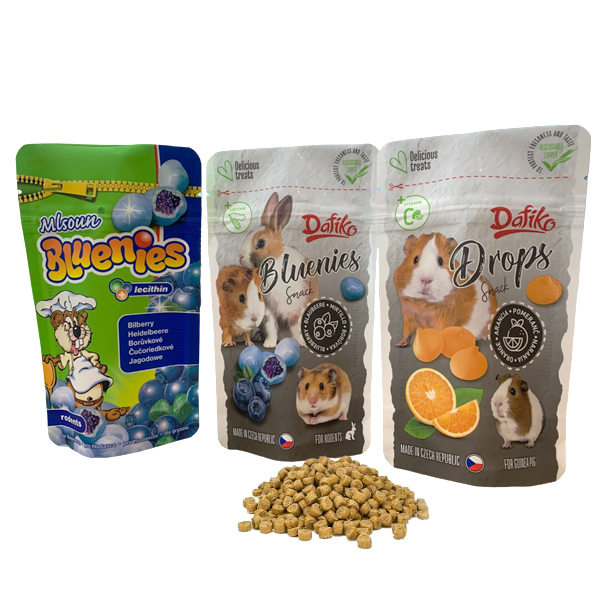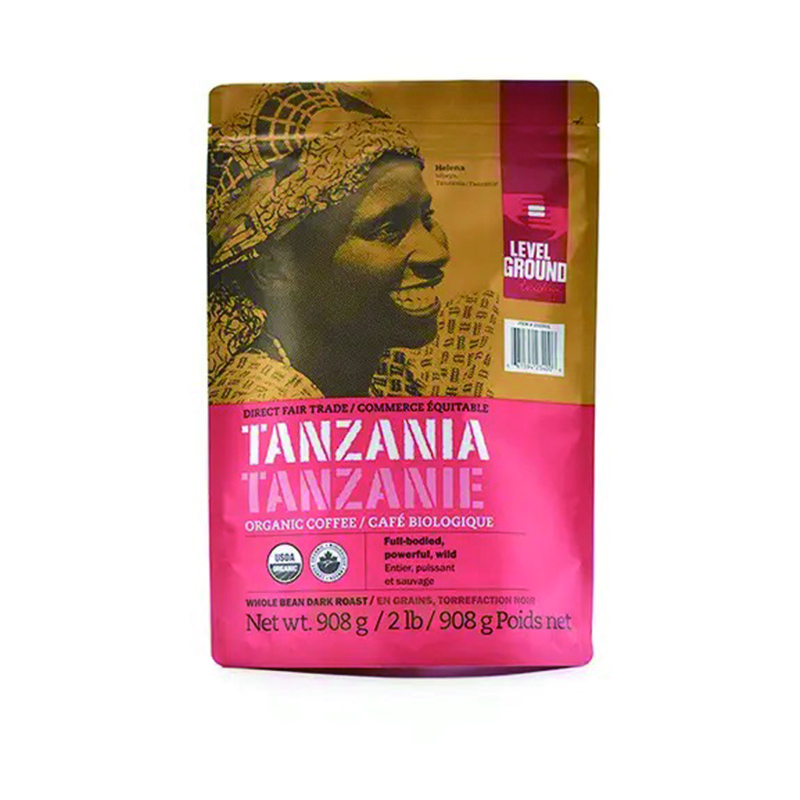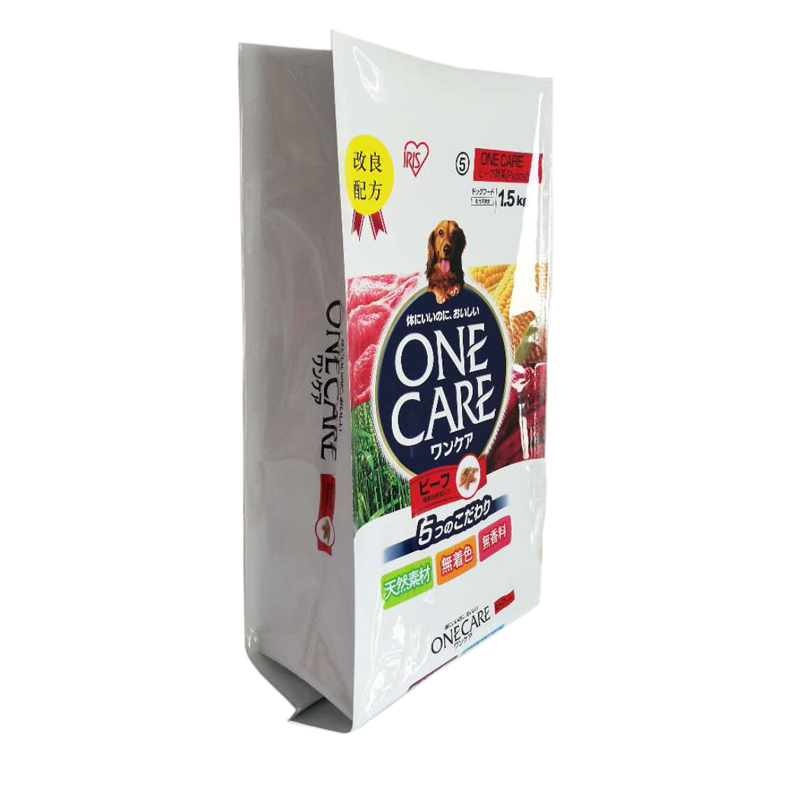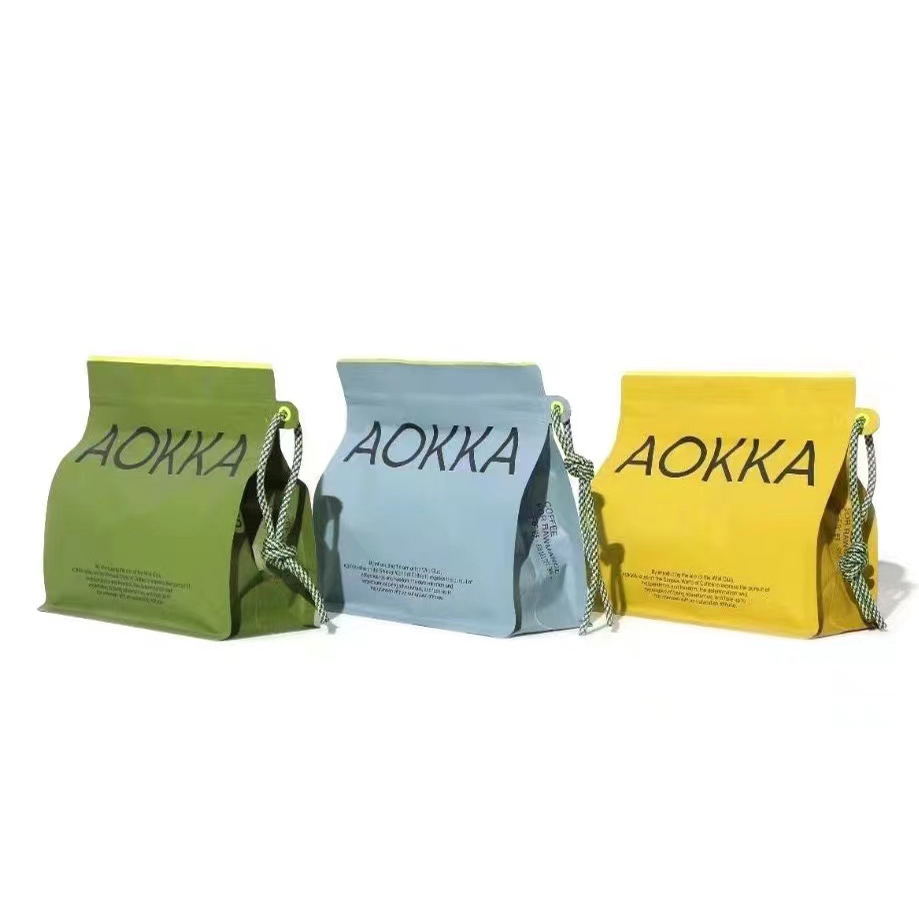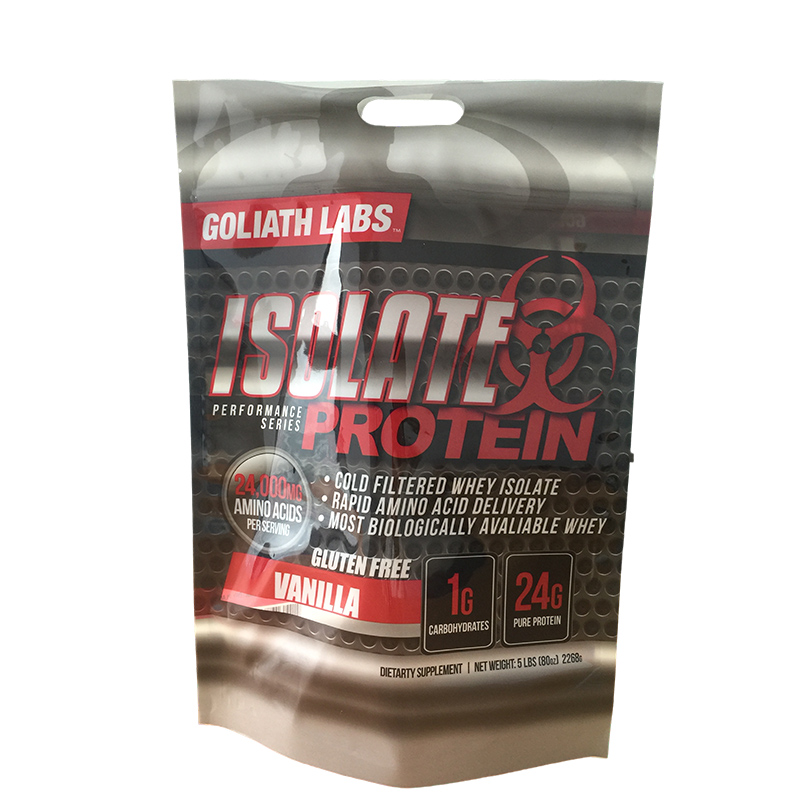Printed 5kg 2.5kg 1kg Whey Protein Powder Packaging Bags Flat-bottom Pouch with Zip
Details description
Printed Whey Protein Powder Packaging Bags
These sturdy flat-bottom pouches are specifically designed for convenience and freshness, featuring a zip closure for easy access and resealability. Crafted from high-quality materials, these bags are designed to maintain the integrity of the protein powder, keeping it safe from moisture and contamination.
Sizes of Packaging For Proteins & Powders Available:
5 kg Protein Bag: Ideal for avid fitness enthusiasts or gyms, this size offers a bulk option that ensures ample supply for continuous use.High barrier AL foil, vmpet, PET, PE materials options
2.5 kg Protein Bag: A versatile choice for both serious athletes and casual users, providing a balance between quantity and manageability.
1 kg Protein bag: Perfect for those just starting their fitness journey or looking for a portable option for on-the-go use.
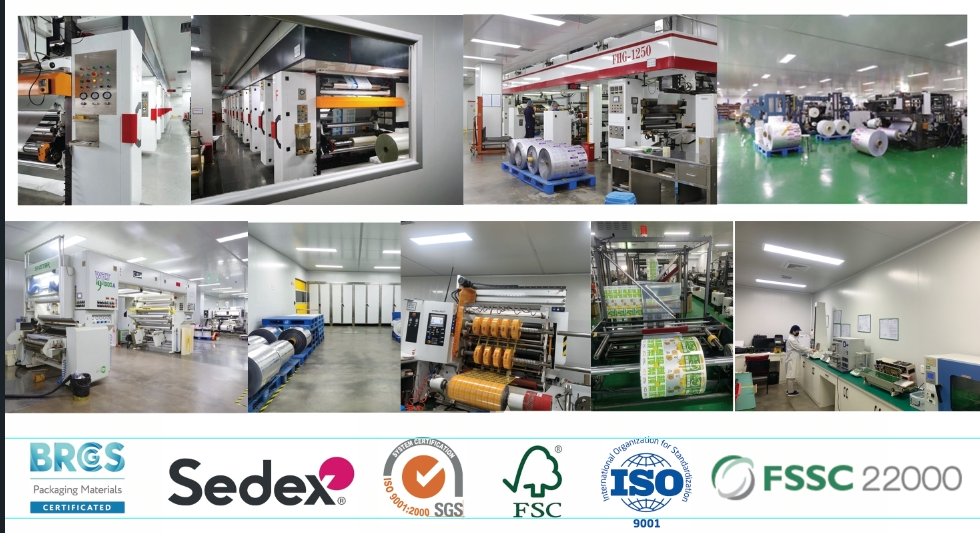
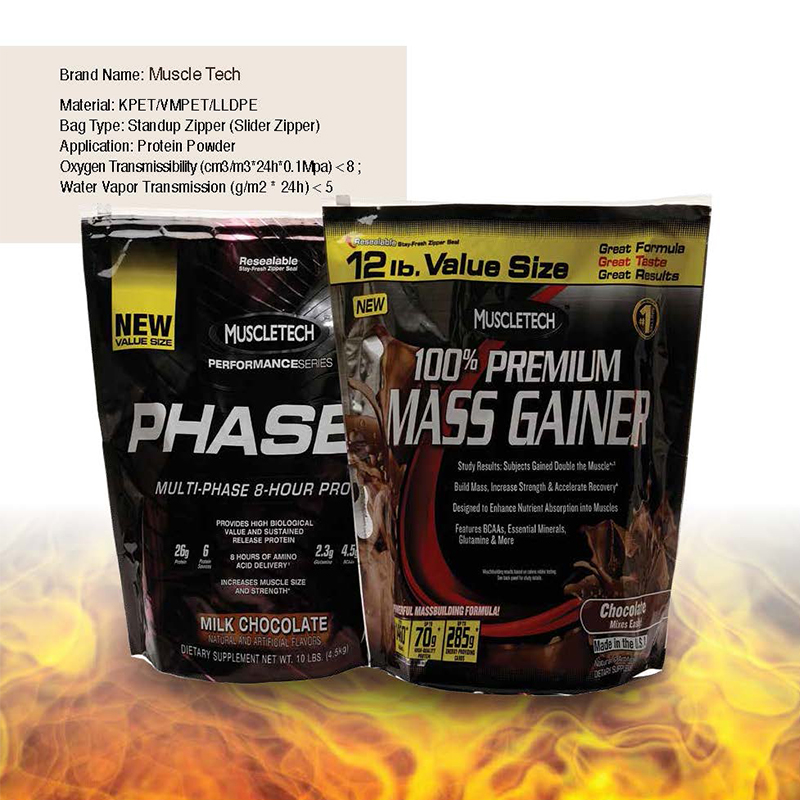
Design Features of Protein powder packaging box pouches
Printed Branding: The bags feature eye-catching and vibrant printed designs that not only showcase the brand but also highlight important product information, ingredients, and nutritional values clearly. This helps attract customers while communicating essential details about the product.
Flat-Bottom Design: The flat-bottom design ensures stability when placed on shelves or countertops, reducing the likelihood of spills and making it easy to store.
Resealable Zip Closure: The integrated zip closure allows users to easily open and securely reseal the bag, maintaining the freshness of the whey protein powder and preventing clumping or spoilage.
Quality Standard Of Protein Packaging

Other Case Sharing Of Flat Bottom Bag With Zip
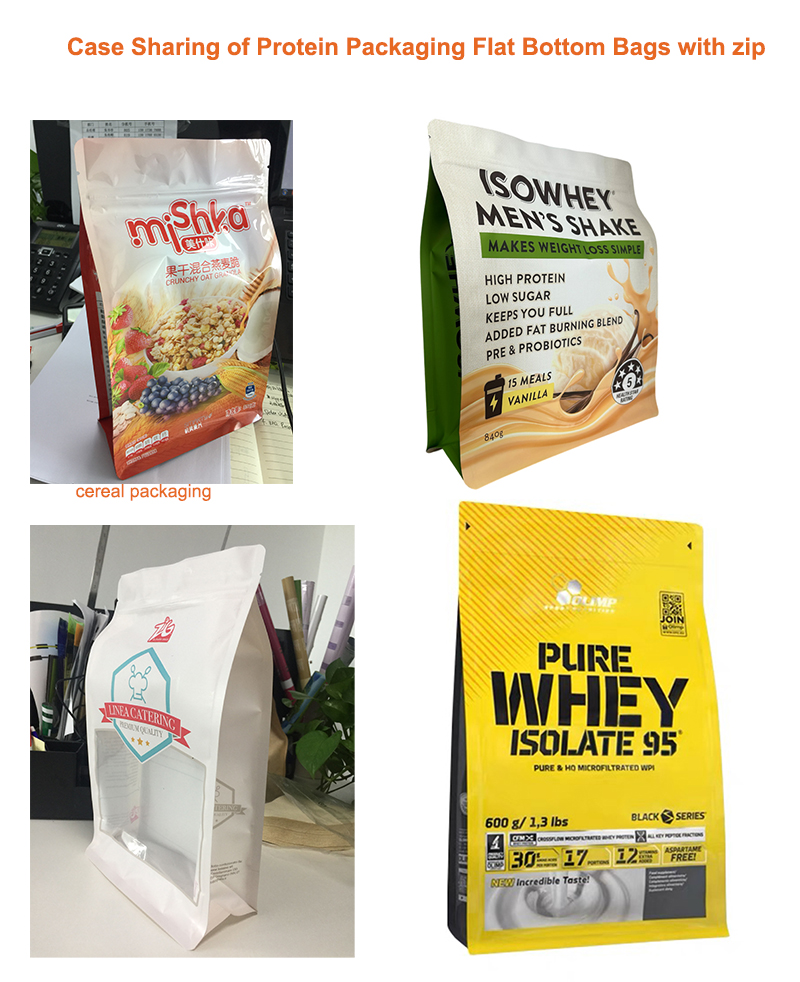
Material & Sustainability Of Protein Powder Packaging Materials
Constructed from durable, food-grade materials that are also eco-friendly, these packaging bags reflect a commitment to sustainability, appealing to environmentally conscious consumers.
Common Materials for Protein Packaging Bags
Polyethylene (PE):A common plastic that is lightweight, flexible, and waterproof.
Benefits: Excellent moisture resistance and cost-effective; suited for a variety of food items, including powders.
Polypropylene (PP):A thermoplastic polymer known for its strength and chemical resistance.
Benefits: Good barrier properties against moisture and oxygen; often used for higher-end packaging and can be recycled.
Metallized Films:Films coated with a thin layer of metal, usually aluminum, to enhance barrier properties.
Benefits: Provides excellent protection against light, moisture, and oxygen, which helps in prolonging shelf life.
Kraft Paper:Brown or white paper made from chemical wood pulp.
Benefits: Often used as an outer layer; biodegradable and provides a rustic appearance. Typically lined with plastic for moisture resistance.
Foil Laminates: Combinations of different materials, including foil, plastic, and paper.
Benefits: Offers exceptional barrier properties against all external factors; ideal for high-quality protein powders that require extended shelf life.
Biodegradable Plastics: Made from renewable resources like cornstarch or sugarcane, designed to break down in the environment.
Benefits: Eco-friendly choice that appeals to environmentally conscious consumers; suitable for companies focusing on sustainability.
Composite Films:Made from multiple layers of different materials combined to maximize protective characteristics.
Benefits: Achieves the best balance between the various properties, such as moisture resistance, strength, and barrier protection.
Polyester (PET):A strong, lightweight plastic that is resistant to moisture and chemicals.
Benefits: High tensile strength and excellent barrier properties; often used in conjunction with other materials.
Use Cases: These protein powder packaging bags are perfect for retail environments, gyms, supplement stores, and online sales, catering to a wide range of consumers looking for high-quality whey protein supplements.
Considerations For Material Selection For Protein Bags
Barrier Properties: The ability of the material to keep out moisture, oxygen, and light is crucial for maintaining product freshness and stability.
Sustainability: Use of recyclable or biodegradable materials is increasingly important for consumers.
Cost: Budget constraints can influence the choice of materials, especially for larger production runs.
Printability: Consider materials that hold ink well for clear branding and nutritional information.
End-Use: The choice of material may also depend on the intended storage conditions, whether it's for retail display or bulk storage.
List Of Frequently Asked Questions (Faqs) Regarding Flat-Bottom Protein Packaging Bags With Zip Closures
1. What are flat-bottom protein packaging bags?
Flat-bottom protein packaging bags are specially designed pouches that have a flat base, allowing them to stand upright on shelves or counters. They are great for storing protein powders and other nutritional supplements.
2. What sizes are available for these packaging bags?
These packaging bags typically come in various sizes, commonly including 1kg, 2.5kg, and 5kg options, catering to different needs and consumer preferences.
3. What material are these bags made of?
These bags are commonly made of high-quality, food-grade plastic materials that ensure durability, moisture resistance, and a longer shelf life for the contents.
4. How does the zip closure work?
The zip closure allows for easy opening and resealing of the bag, providing a secure seal that helps to maintain the freshness and prevent moisture from entering the bag.
5. Are these bags reusable or recyclable?
While they are primarily designed for single use, the zip closure allows some users to store other dry goods after initial use. However, for best results, it's recommended to use them only for their intended purpose.
6. Is the packaging customizable?
Yes, many manufacturers offer customization options, allowing brands to print their logos, nutritional information, and other branding elements on the bags.
7. Can these bags be used for other products besides protein powder?
Absolutely! Flat-bottom zip bags can also be used for various dry goods, supplements, snacks, and other food items, making them versatile packaging solutions.
8. How should I store these protein bags?
Store the bags in a cool, dry place, away from direct sunlight to maintain the quality of the product inside. Reseal the bag tightly after each use.
9. Do these bags provide any protection against external elements?
Yes, the bags are designed to be moisture-resistant and can provide protection against light and oxygen ingress, helping to extend the shelf life of the protein powder.
10. Are these bags environmentally friendly?
Many manufacturers offer eco-friendly packaging options made from recyclable materials. It is recommended to check with the supplier regarding their sustainability practices.
11. How can I ensure the bags are tamper-proof?
Some manufacturers provide an additional tamper-evident feature or seals to ensure the safety and integrity of the product prior to sale.








